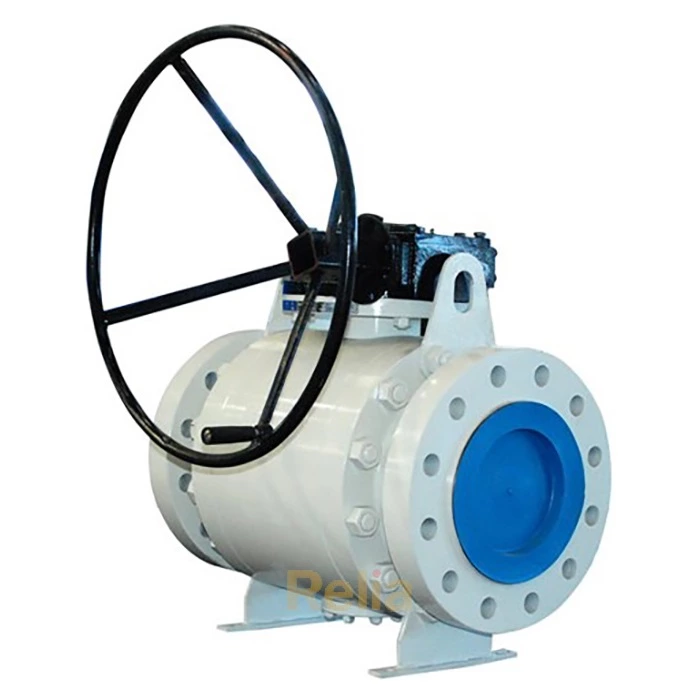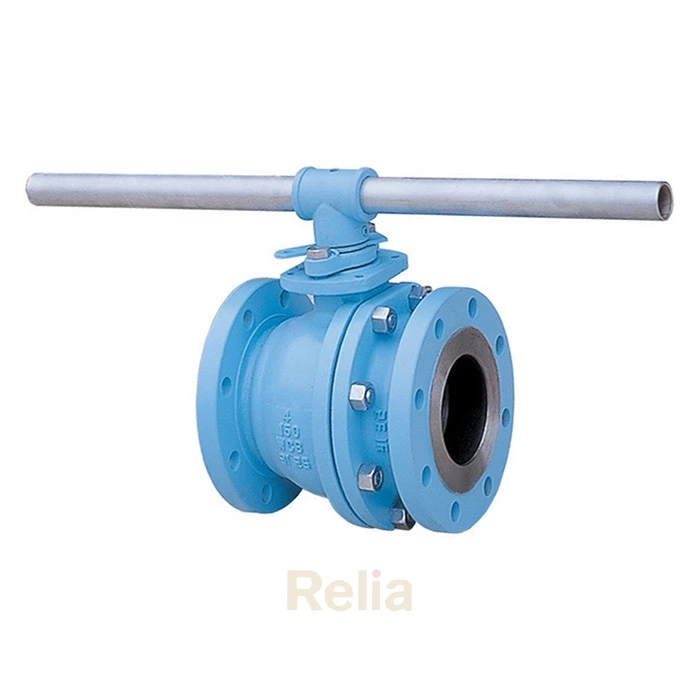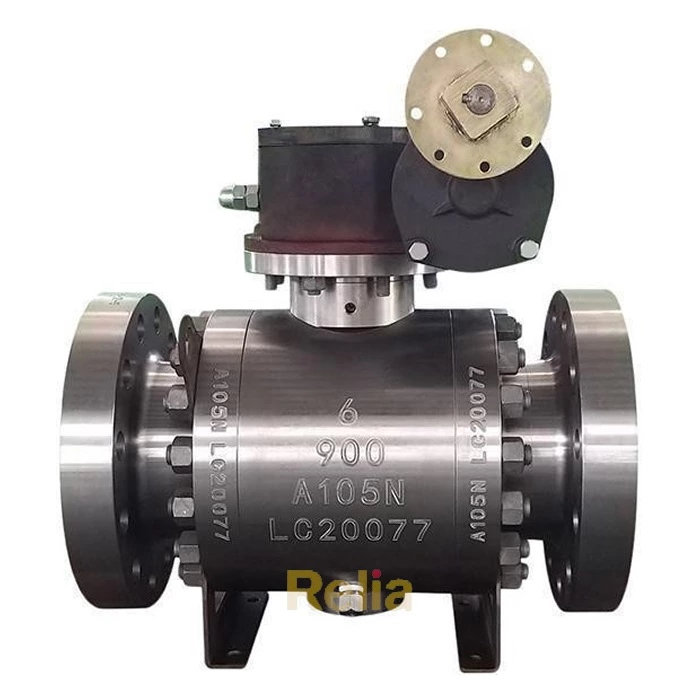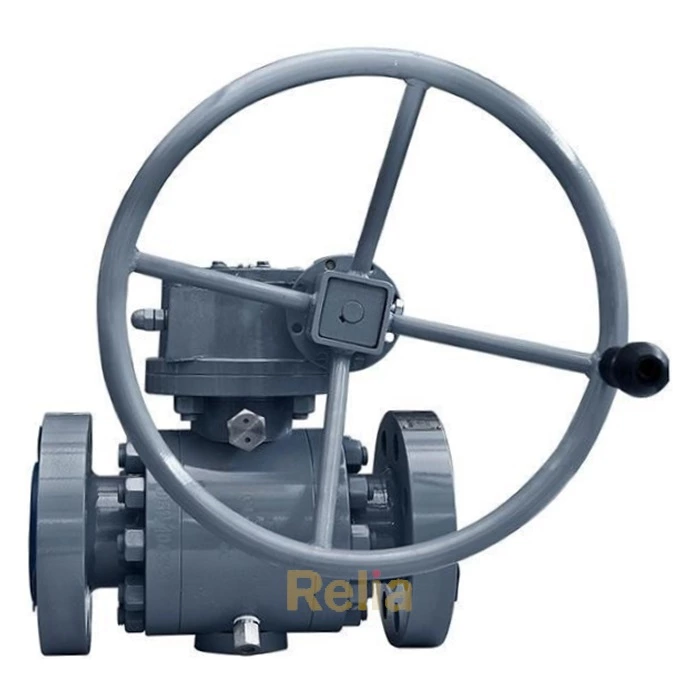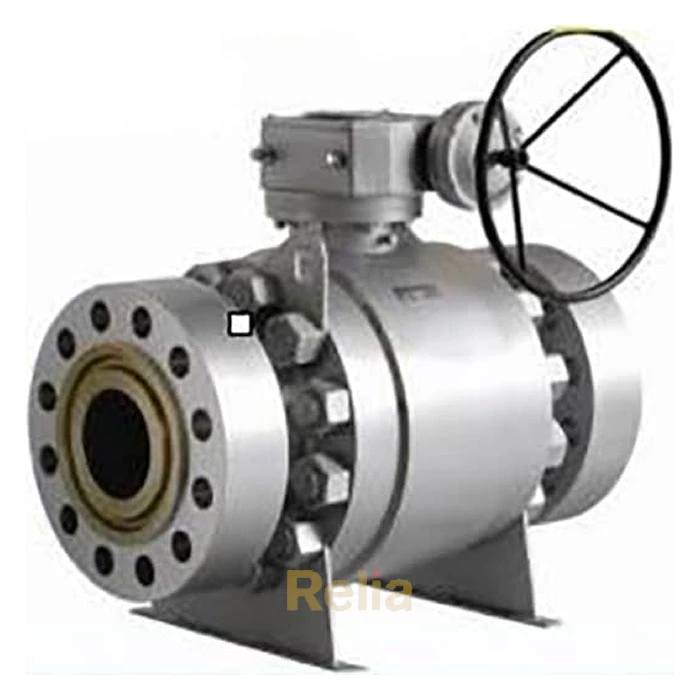API 641: Type Testing of Quarter turn Valves for Fugitive Emissions
API 641 standard specifies the requirements and acceptance criteria for fugitive emission type testing of quarter-turn valves. The type testing requirements contained herein are based on elements of EPA Method 21 .
Valves larger than NPS 24 and valves greater than ASME B1 6.34 class 1500 are outside the scope of API 641 standard. Valves with a pressure rating at ambient temperature less than 6.89 barg (1 00 psig) are outside the scope of this standard. Repacking or resealing of valves is outside the scope of this standard.
3 Terms and Definitions
For the purposes of this standard, the following definitions apply.
3.1 ambient temperature
Temperature that is between 1 5 °C to 40 °C (59 °F to 1 04 °F).
3.2 auxiliary connection(s)
Drain(s), vent(s), thermal relief(s), or injection port(s).
3.3 closing torque
The amount of torque required to achieve valve closure and seat leakage tightness meeting manufacturer’s published acceptance criteria at maximum pressure differential.
3.4 dynamic leak measurement
Measurement of leakage taken at the valve stem while the stem is travelling through an opening and/or closing cycle per elements of EPA Method 21 .
3.5 EPA Method 21
A leak check method established by the United States Environmental Protection Agency (EPA) for performing emission measurements on equipment such as valves, pumps, and flanges.
3.6 emissions
Gaseous leak given off by a piece of equipment used in reference to volatile organic compounds and expressed in parts per million volumetric (ppmv or ppm) for methane.
3.7 leakage
Measurable amount of test medium escaping from the valve.
3.8 manufacturing facility
Location of final assembly, inspection, and testing of the valve selected for evaluation.
3.9 mechanical cycle
A motion of the stem that moves a valve from the fully closed (or opened) position to the fully open (or closed) position, and returning to the fully closed (or opened) position.
3.10 obturator
Part of a valve, such as a ball, disc, or plug, that is positioned in the flow stream to permit or prevent flow.
3.11 packing torque
The amount of torque on the gland bolts that transfers a compressive force to the packing.
3.12 qualification facility
A testing entity capable of type testing quarter-turn valves for fugitive emissions in accordance with this standard.
3.13 quarter-turn valve
A rotary valve that will fully open or close with approximately 90° rotation of the obturator with a nonrising stem.
3.14 running torque
The amount of torque required to continue stem rotation between full open and closed positions.
3.15 static leak measurement
Measurement of leakage taken with valve in the partially open position when the stem is not turning, per elements of EPA Method 21 .
3.16 stem
Metal rod that connects the obturator of a valve to a handwheel, handle, or actuator.
3.17 thermal cycle
A change in temperature from ambient temperature, to elevated and/or lower temperature(s), and back to ambient temperature.
3.18 third party
A person, group, company, agency, corporation, or designated representative independent from the manufacturer responsible for valve certification.
3.19 type testing
A test, or series of tests, conducted to determine if a valve design is capable of complying with a prescribed set of acceptance criteria.
5 Packing Testing
The manufacturer shall define the valve service temperature range for its sealing material. Packing sets used as the stem seal for purposes of controlling fugitive emissions within the scope of API Standard 622 shall be qualified for the fugitive emissions (either the rising or rotating stem test), corrosion, and materials tests required by API Standard 622. Packing outside the scope of API Standard 622 and other materials used as the stem seal do not require pretesting.
6 Valve Selection and Test Preparation
6.1 The test valve shall be fully assembled, tested to applicable industry standards, and ready for fugitive emission testing. The test valve shall be randomly selected from manufacturer or distributor stock, where such stock is available. For valves not in stock, the manufacturer shall certify that the test valve was not modified in any way to meet type test requirements and is a typical representation of the manufacturer’s stock product. The method of valve selection shall be documented on the Fugitive Emissions Test Report in Annex A.
6.2 Leakage from body joints and auxiliary connections can affect leak measurement readings and shall be corrected prior to testing. Torque values for these connections shall be in accordance with manufacturer’s published values prior to starting the test.
6.3 Packing gland torque shall be verified and, if necessary, adjusted to be in accordance with manufacturer’s published installation specifications.
6.4 No other modifications to the valve beyond those mentioned in 6.1 through 6.3 are permitted. All pretest activities performed on the valve shall be documented on the Fugitive Emissions Test Report in Annex A.
9 Acceptance Criteria
The Fugitive Emissions Test Report in Annex A shall indicate “pass” when the measured leakage does not exceed 100 ppmv.
Related Standard:
API 622: Type Testing of Process Valve Packing for Fugitive Emissions
API 624: Type Testing of Rising Stem Valves Equipped with Graphite Packing for Fugitive Emissions
